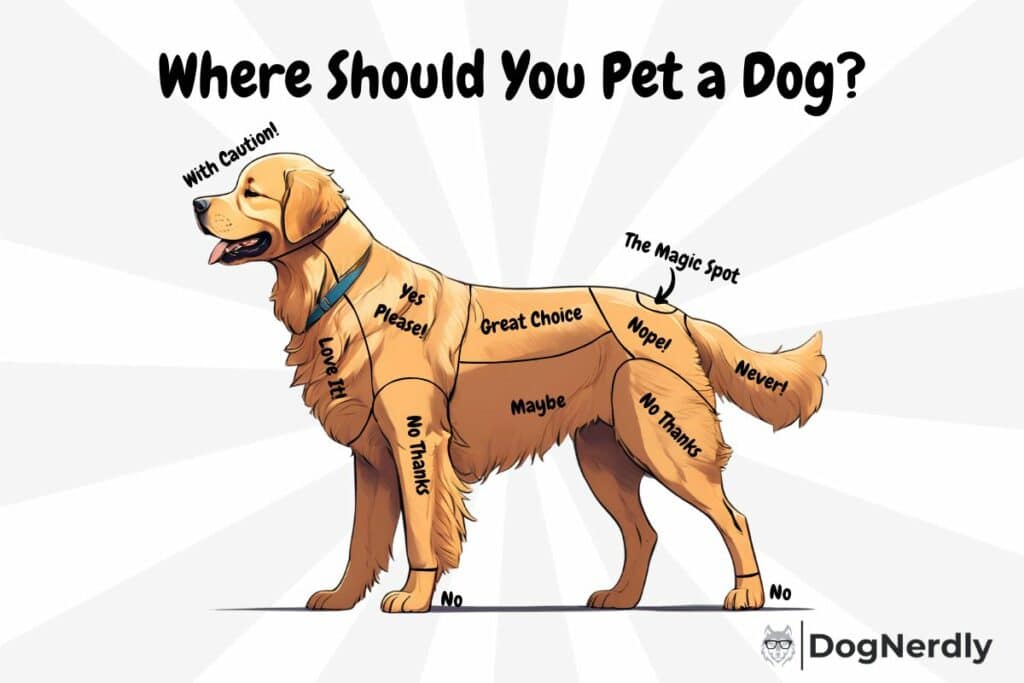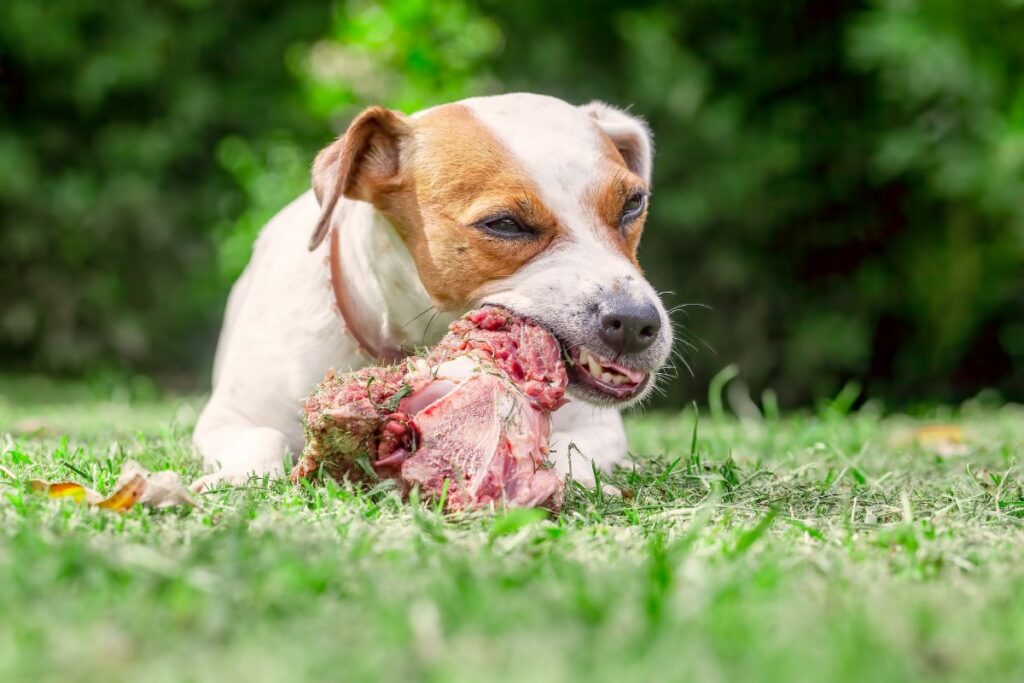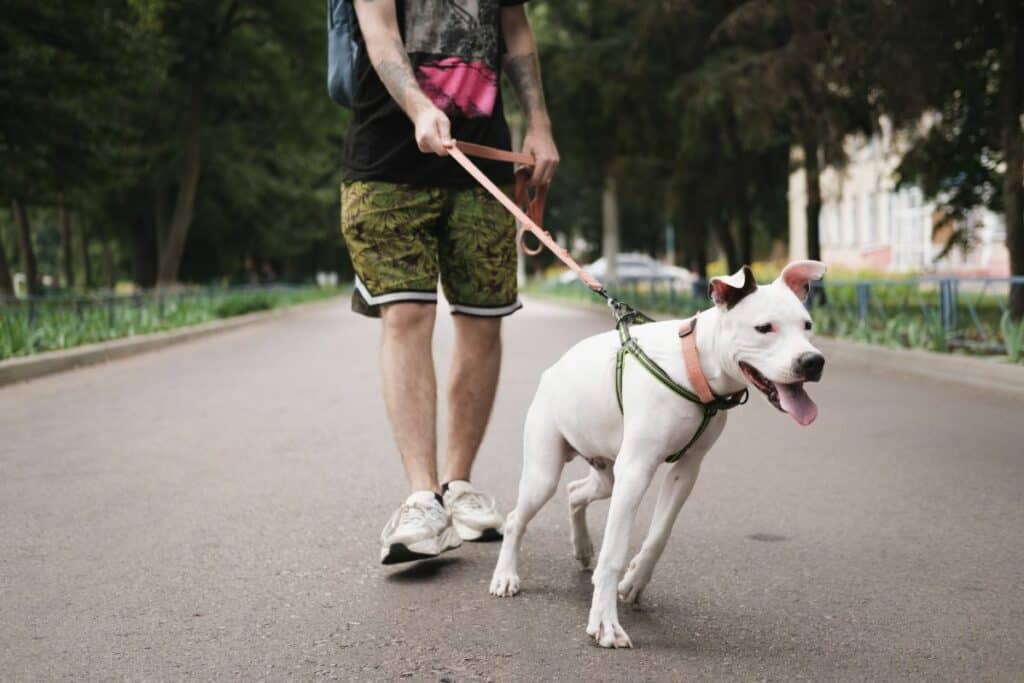Knowing where to pet a dog can make a significant difference in their comfort and your bond. To answer simply: the head, neck, chest, shoulders, back, and belly are generally the best places to pet a dog. But there's more nuance to it, and 20 years of experience working in the pet care industry has shown me the incredible impact of understanding these petting zones.
Benefits of Petting a Dog
Petting a dog goes beyond just showing affection; it's a powerful tool for strengthening the bond between you and your canine companion. Here are some key benefits:
- Emotional Bonding: Petting helps build trust and deepens the emotional connection. When I first started working with dogs, I noticed how a few minutes of gentle petting could transform a nervous dog into a calm and affectionate one.
- Reducing Anxiety and Stress: Dogs, like humans, experience stress. Petting, in a safe and calm environment, can significantly reduce anxiety levels. This is truer for familiar relationships but can also help a strange dog feel comfortable if done properly.
- Promoting Relaxation and Calmness: Certain petting techniques can trigger the release of oxytocin, the "love hormone," in both dogs and humans. This helps promote a sense of calm and relaxation, making it an excellent way to soothe an excitable dog, or yourself!
- Physical Health Benefits: Petting can also have physical health benefits. It can lower blood pressure and heart rate in dogs, contributing to their overall well-being. Plus, the act of petting can be quite therapeutic for pet owners too.
Best Places to Pet a Dog
Finding the best place to pet a dog can make a world of difference. Here are some of the top spots that most dogs enjoy:
Head and Neck
When petting a dog’s head or ears, we should always approach with caution. The act of reaching over a dog’s head can be intimidating, so approach from the side or back of their head.
- Ears: Dogs often love gentle scratches behind their ears. It's a sweet spot that can help them relax almost instantly.
- Top of the Head: Light strokes on the top of the head can be very soothing. I’ve seen countless dogs lean into these strokes, showing just how much they enjoy it.
Chest and Shoulders
- Chest: Broad, gentle strokes along the chest can be incredibly comforting. Many dogs will lean into your hand, showing their appreciation. When greeting a new dog from the front, this is a much safer alternative than petting their head.
- Shoulders: Gentle pats and strokes on the shoulders are usually well-received. This area is often less sensitive than others, making it a safe starting point.
Back and Spine
- Spine: Long, soothing strokes along the spine can help calm a dog. Just be sure to avoid putting too much pressure on the lower back.
- Back: Running your hand gently down their back is another way to help them relax. Dogs often arch their back in response, signaling they enjoy the sensation.
Belly
- Belly Rubs: If your dog is comfortable with it, gentle rubs on the belly can be a wonderful treat. It's a vulnerable area, so make sure your dog feels safe and secure. If your dog “opens up” as you pet them, it is a good sign that they are enjoying it. If they are stiff, I recommend letting them be.
Where Not to Pet a Dog
Understanding where not to pet a dog is just as important as knowing the best spots. Some areas can be too sensitive or uncomfortable for dogs.
Tail and Legs
- Tail: The tail is a sensitive area for many dogs. Avoid touching it unless you know your dog is comfortable with it.
- Legs: Legs can be ticklish and sensitive. Some dogs might tolerate light touches, but many will prefer you avoid this area.
Paws
Paws are often off-limits for many dogs. They can be very sensitive and even ticklish. Most dogs will pull their paw away if you try to touch it.
Face and Muzzle
The face and muzzle are delicate areas. Some dogs might be okay with light touches around the muzzle, but many will find it uncomfortable. It's best to avoid this area unless you know your dog enjoys it.
How do You Know if They Are Enjoying Petting?
Knowing how to read your dog's body language is crucial in determining the best petting zones. Here's what to look for:
Signs Your Dog Enjoys Being Petted
- Relaxed Posture: A dog that enjoys being petted will usually have a relaxed body, with loose muscles.
- Wagging Tail: A wagging tail is often a good sign, but make sure it's not stiff or high, which can indicate overstimulation.
- Leaning In: Dogs that lean into your hand are showing they enjoy the petting and want more.
Signs Your Dog is Uncomfortable
- Moving Away: If a dog moves away from your hand, it's a clear signal they want you to stop.
- Growling or Snapping: These are obvious signs of discomfort and should never be ignored.
- Stiff Body Language: A stiff, tense body is a sign that your dog is not enjoying the interaction, especially if they are exhibiting a Whale Eye.
Individual Preferences
Always remember that each dog is unique. Some dogs may have quirks or past experiences that make certain areas off-limits. Relationships are also important. Just like with hugs, dogs are more tolerant with familiar people. Pay attention to your dog's cues and respect their boundaries.
Safety Tips for Petting Dogs
Petting dogs should be a safe and enjoyable experience for both parties. Here are some tips to ensure safety:
- Approach Calmly: Always approach a dog calmly and let it sniff you first. This allows the dog to get used to your presence.
- Start Gently: Begin with gentle petting and observe the dog's reaction. Gradually increase pressure if the dog seems comfortable.
- Avoid Sudden Movements: Avoid sudden movements and loud noises that can startle the dog. This can help maintain a calm and relaxed environment.
- Respect Personal Space: Respect the dog's personal space. If the dog shows signs of discomfort, stop immediately and give it some space.
Key Takeaways
Petting a dog is more than just a way to show affection; it's a powerful tool for building trust, reducing stress, and promoting relaxation. By understanding the best places to pet a dog and recognizing individual preferences, you can create a safe and enjoyable experience for both you and your dog. Remember to always approach with care, respect boundaries, and enjoy the bonding moments that petting can bring.
Frequently Asked Questions
If a dog doesn't want to be petted, respect its boundaries and give it space. You can try to engage the dog in other activities like playing with toys or offering treats. Always prioritize the dog's comfort and well-being.
Yes, petting can be used as a positive reinforcement tool in dog training. Rewarding your dog with gentle petting after it performs a desired behavior can help reinforce that behavior. It's a great way to combine affection with training.
When meeting a dog for the first time, approach calmly and let the dog sniff you. Avoid making direct eye contact and sudden movements. Start with gentle petting on the chest or shoulders and observe the dog's reaction. If the dog seems comfortable, you can continue. If not, give the dog some space.
There could be several reasons why your dog suddenly stops liking being petted. It could be due to health issues, changes in its environment, or even stress. It's important to observe your dog's behavior and consult a veterinarian if the change persists.
Pay attention to your dog's body language while petting. If your dog flinches, moves away, or shows signs of discomfort when you touch a certain area, it might be a sensitive spot. Always be gentle and respect your dog's preferences.
While individual preferences vary, some breeds are known to be more affectionate and enjoy petting more than others. Breeds like Golden Retrievers, Labrador Retrievers, and Cavalier King Charles Spaniels are typically more open to physical affection. However, always consider the individual dog's personality and comfort.

Joseph Schifano is the President of The Academy of Pet Careers and Founder of DogNerdly.
With over 20 years of professional pet experience, Joseph got his start as an owner/operator of a 7-figure, all-inclusive pet care business. From there, he purchased The Academy of Pet Careers with a hopes of improving the quality of care provided by industry professionals. This role allowed Joseph to rub shoulders with some of the biggest names in the industry, and gain knowledge in every aspect of pet care.
After witnessing the popularity of social media influencers and the amount of misinformation being taught to pet parents, Joseph decided to create DogNerdly. The goal was to provide science-backed education for the average dog nerd in order to create a world where dogs and humans can live a more harmonious and empowered lifestyle.




